Vaccine Safety:
Are Vaccines Safe?
All vaccines authorized for emergency use or approved by the U.S. Food and Drug Administration (FDA) are thoroughly tested to ensure that their benefits are greater than any risk.
In the United States, ensuring the safety of each vaccine starts with testing. The results from those tests are submitted to the FDA for their review of the data. If the FDA concludes the vaccine is safe and effective, it is approved for public use.

Development
Making a vaccine starts in a lab. Once lab tests show that it can work, it is sometimes tested in animals. If data indicates it may be safe, it is studied to see if it will be safe in people. Then clinical trials with human volunteers may start.
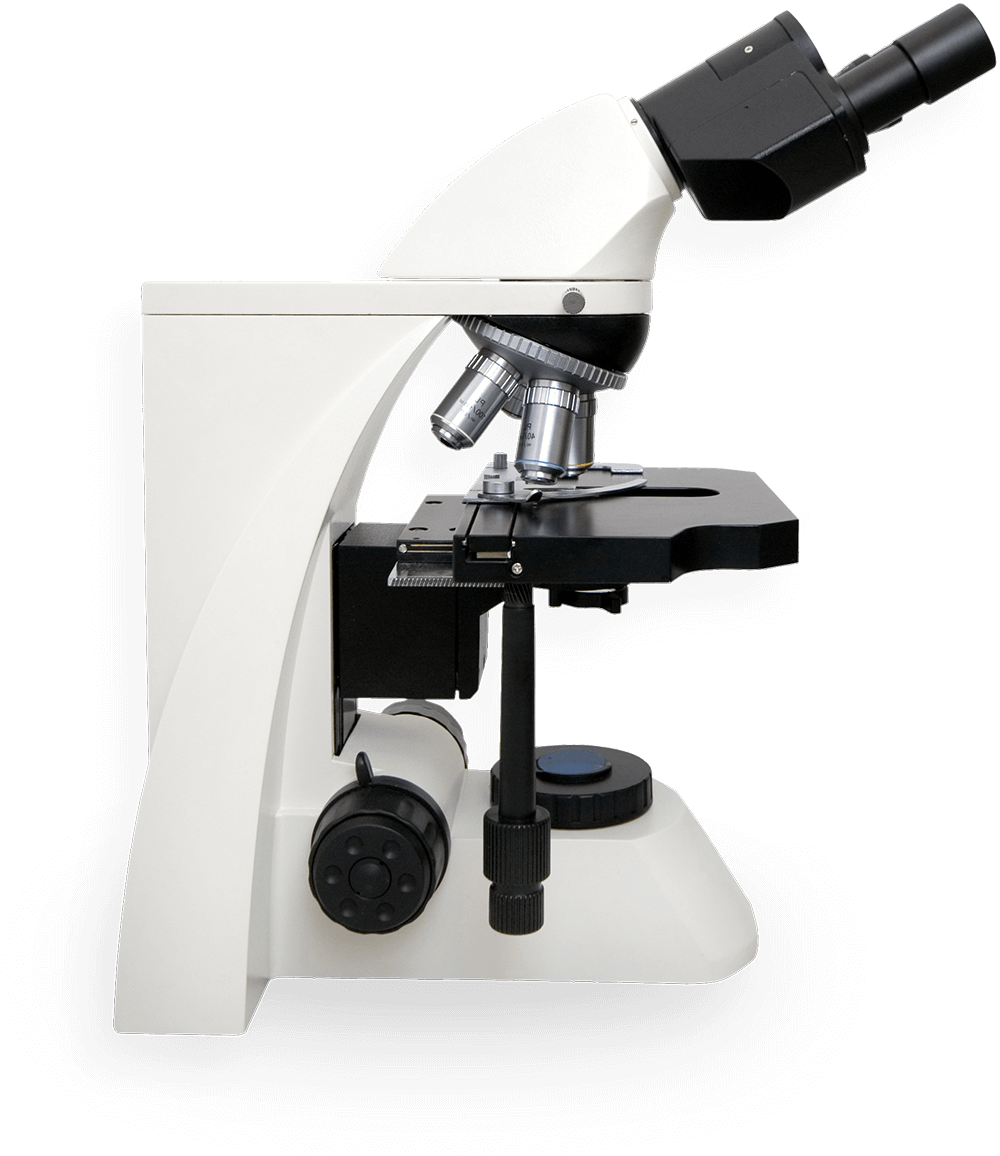
Trials
There are 3 phases of clinical trials an investigational vaccine must go through to ensure that its benefits are greater than its risks (side effects).
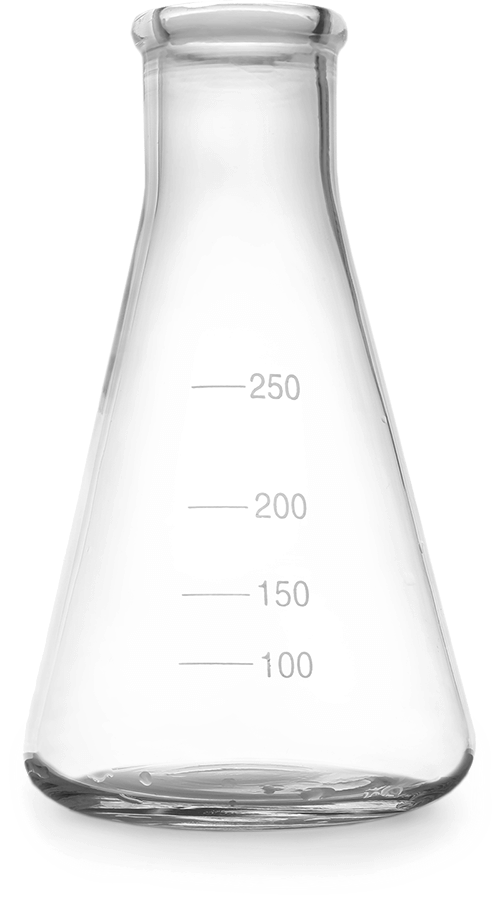
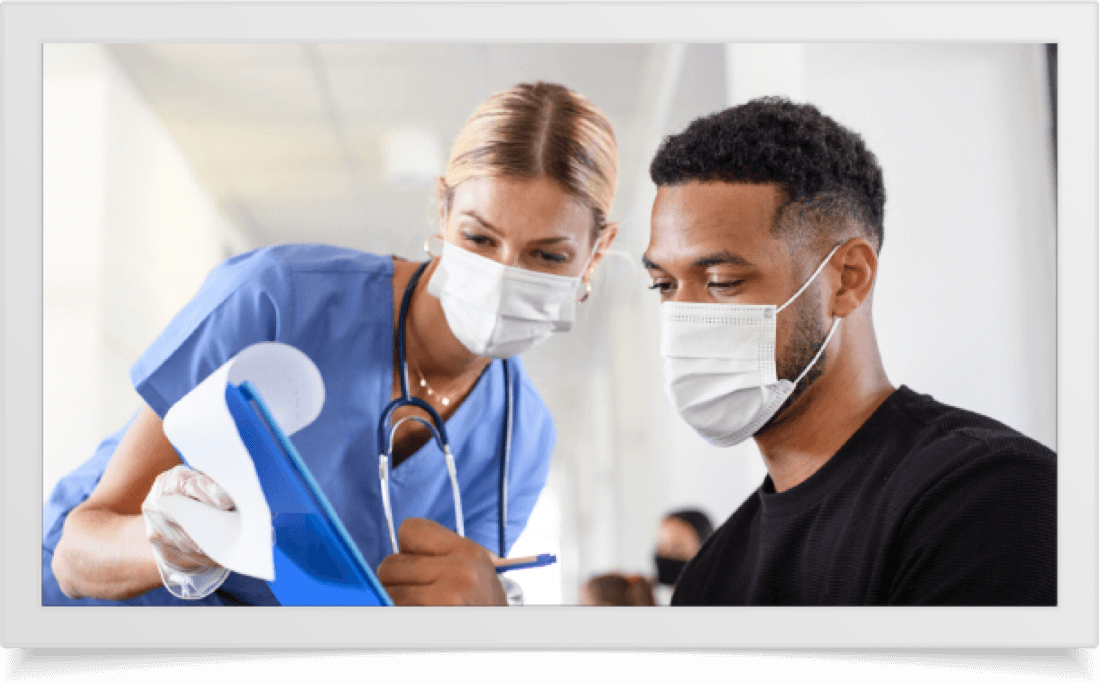
The focus of this phase is to understand an investigational vaccine's safety. In this phase, scientists study how the size of a dose may relate to side effects.

During this phase, scientists perform additional studies to gather more information on side effects. They also study how the size of a dose may relate to an investigational vaccine's ability to work correctly.

People who receive an investigational vaccine are compared with people who may receive a placebo or another vaccine. This is done so scientists can learn more about how well the investigational vaccine works and see if there are any side effects. In the case of the global COVID-19 health crisis, participants who received a placebo were also able to receive the investigational vaccine if they chose to participate in the crossover part of the trial.
and Distribution
After the FDA authorizes or approves the investigational vaccine as safe and effective based on all the trial results, it can be available for public use.
In certain instances where conditions from a disease could severely affect a large population of people, the FDA may issue an Emergency Use Authorization (EUA). An EUA helps to get a treatment or investigational vaccine immediately to the people who need it.
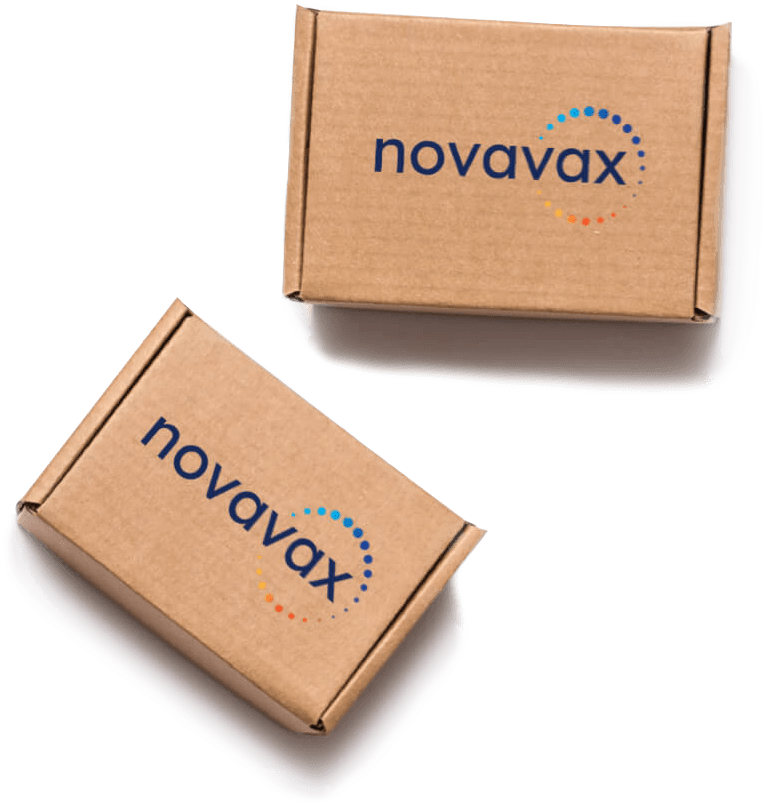
Monitoring
The FDA and other federal agencies will continue to monitor an investigational vaccine's safety and watch for possible side effects. High safety standards and testing help to ensure that vaccines in the United States are kept safe.
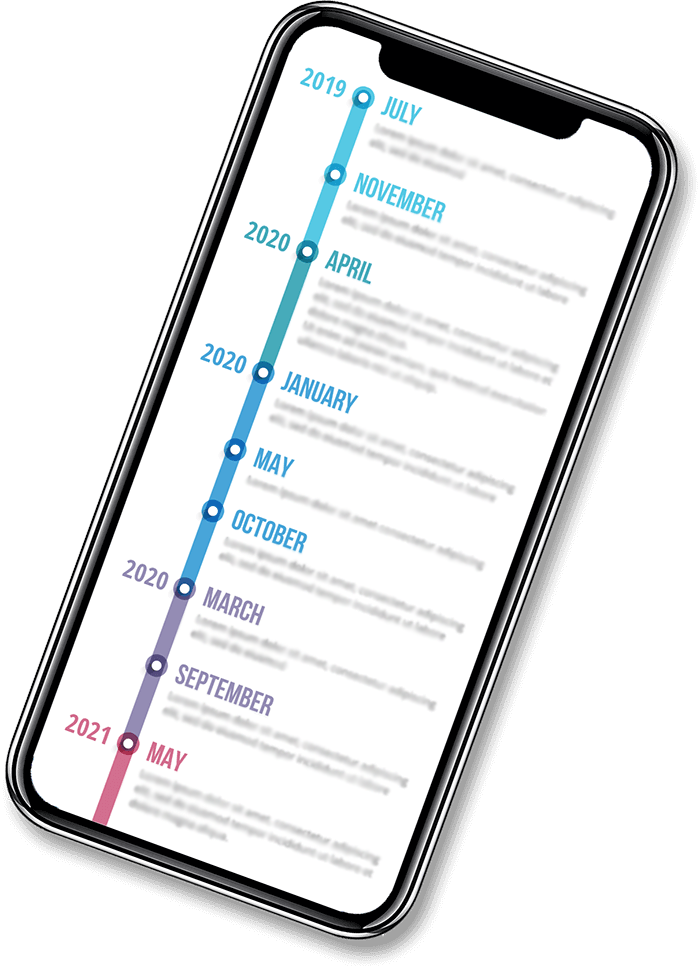
Possible Side Effects
From Vaccines
Many people don’t experience severe side effects from investigational vaccines authorized or approved by the FDA. This can differ based on each individual. The most common side effects from vaccines are usually mild and go away quickly on their own.
Some of the common side effects include:
- Pain, swelling, or redness where the shot was given
- Mild fever
- Chills
- Feeling tired
- Headache
- Muscle and joint aches